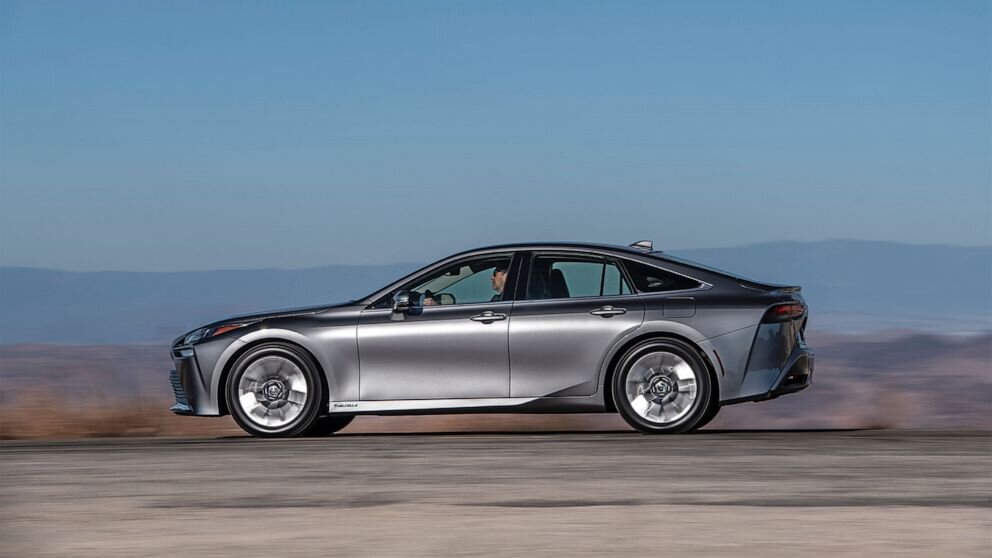What is Powerpaste?
It’s a new compound used to store hydrogen gas that could increase range in hydrogen-powered vehicles
BY RON FREUND: Director, ELECTRIC AUTO ASSOCIATION
2021 Toyota Mirai, a fuel cell (hydrogen powered) electric vehicle.
The clever Germans at Fraunhofer Institute in Dresden have created a new approach to storing hydrogen gas in a solid compound they call "Powerpaste” that could eventually enable fuel cell (hydrogen-powered) electric vehicles (FCEV) to travel much farther with less fueling time.
This method presents a net weight loss for a given quantity of the gas, as it becomes lighter than with the highly pressurized tanks used for storage in present day FCEVs.
Otherwise, the FCEV drive train is very close to today’s present configuration, as is the problematic generation of the gas in the first place. (Just a reminder: 95% of hydrogen gas is generated from energy consuming steam reformation of methane gas, with the by-product of significant expulsion of carbon dioxide.)
Although this new method does approach the solving of the ongoing hydrogen storage dilemma, it is still a laboratory curiosity that is yet to be fleshed out for massive production scaling. That is likely many years away.

